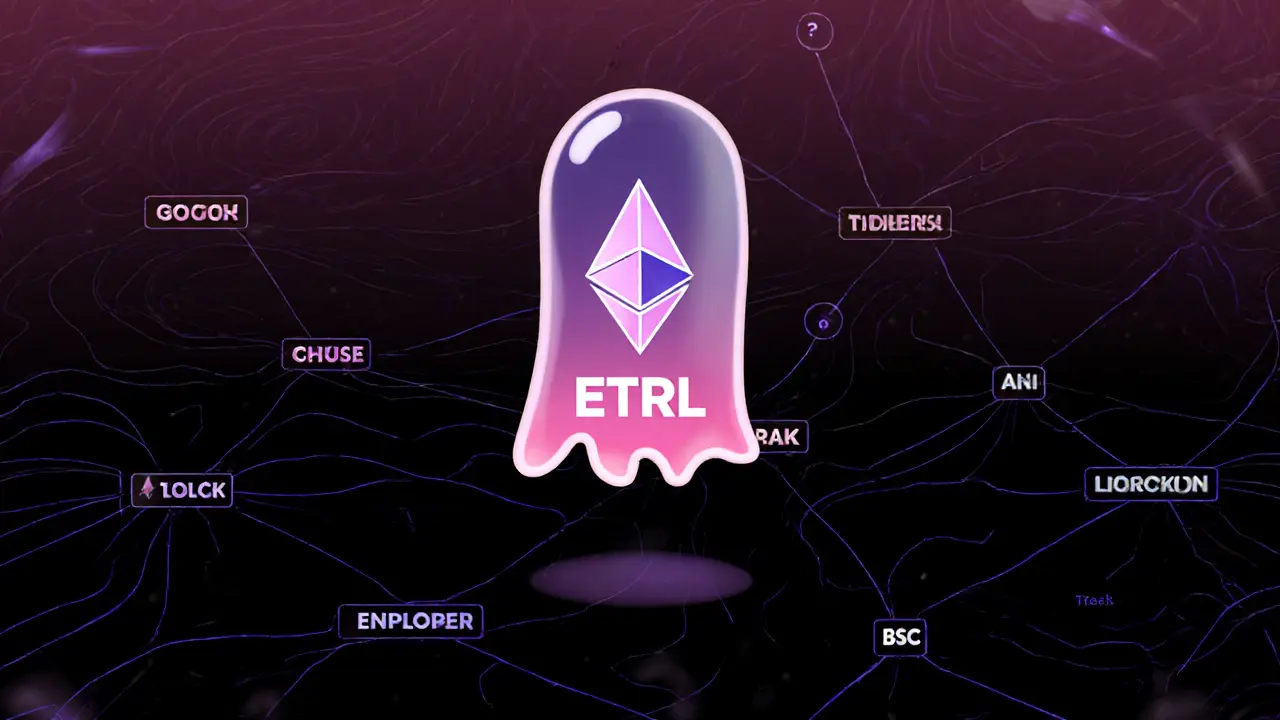Layer-1 Blockchain: What It Is, Why It Matters, and What’s Really Going On
When you hear Layer-1 blockchain, the foundational network that processes and settles transactions directly on its own chain. Also known as base layer blockchain, it’s the bedrock of everything from Bitcoin to DeFi apps you use every day. Think of it like the highway system—no matter how fancy your car (or app) is, it needs a road to drive on. And not all roads are built to handle traffic the same way.
Some Layer-1 blockchains, like Bitcoin, the first and most secure blockchain, designed primarily for peer-to-peer digital cash, prioritize safety over speed. Others, like Solana, a high-performance blockchain built for fast, low-cost transactions, trade some decentralization for speed. Then there’s Ethereum, a programmable Layer-1 that runs smart contracts and powers most DeFi and NFT projects. Each has trade-offs: security, cost, speed, or developer adoption. You can’t have all four at once—and that’s why some projects fail while others thrive.
Here’s what you’ll find in the posts below: real breakdowns of what’s working and what’s dead. You’ll see how Layer-1 choices affect everything from exchange performance to airdrop eligibility. Some tokens run on Ethereum, others on Solana, and a few are trying to build their own Layer-1 from scratch—most of them without a real reason. You’ll learn why some DEXs like Uniswap v3 dominate while others, like JulSwap or DeGate, barely move. You’ll see how regulatory moves in the EU or Qatar impact the infrastructure underneath your wallet. And you’ll spot the red flags: tokens pretending to be Layer-1 innovations when they’re just low-volume ERC-20s with no code updates in years. This isn’t theory. It’s what’s happening right now on the chains you’re using—or should be avoiding.
What is Ethereal (ETRL) Crypto Coin? The Truth Behind the Layer-1 Blockchain Claim
Ethereal (ETRL) claims to be a fast, gas-free Layer-1 blockchain, but it's actually a token with zero circulation, no real network, and no community. Here's the truth behind the hype.
